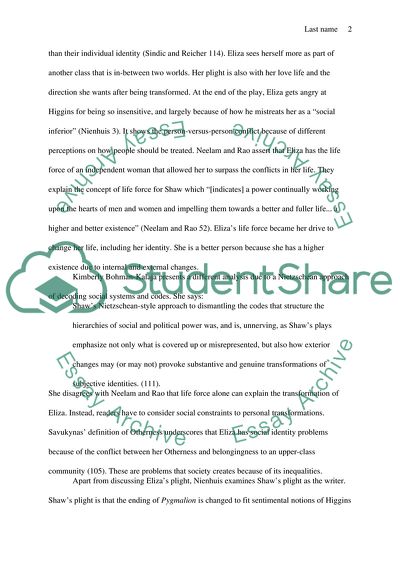Cite this document
(“The Plight Of The Artist in Modern Drama, A Study on Bernard Shaw's Essay”, n.d.)
The Plight Of The Artist in Modern Drama, A Study on Bernard Shaw's Essay. Retrieved from https://studentshare.org/english/1632541-the-plight-of-the-artist-in-modern-drama-a-study-on-bernard-shaws-pygmalion
The Plight Of The Artist in Modern Drama, A Study on Bernard Shaw's Essay. Retrieved from https://studentshare.org/english/1632541-the-plight-of-the-artist-in-modern-drama-a-study-on-bernard-shaws-pygmalion
(The Plight Of The Artist in Modern Drama, A Study on Bernard Shaw'S Essay)
The Plight Of The Artist in Modern Drama, A Study on Bernard Shaw'S Essay. https://studentshare.org/english/1632541-the-plight-of-the-artist-in-modern-drama-a-study-on-bernard-shaws-pygmalion.
The Plight Of The Artist in Modern Drama, A Study on Bernard Shaw'S Essay. https://studentshare.org/english/1632541-the-plight-of-the-artist-in-modern-drama-a-study-on-bernard-shaws-pygmalion.
“The Plight Of The Artist in Modern Drama, A Study on Bernard Shaw'S Essay”, n.d. https://studentshare.org/english/1632541-the-plight-of-the-artist-in-modern-drama-a-study-on-bernard-shaws-pygmalion.


